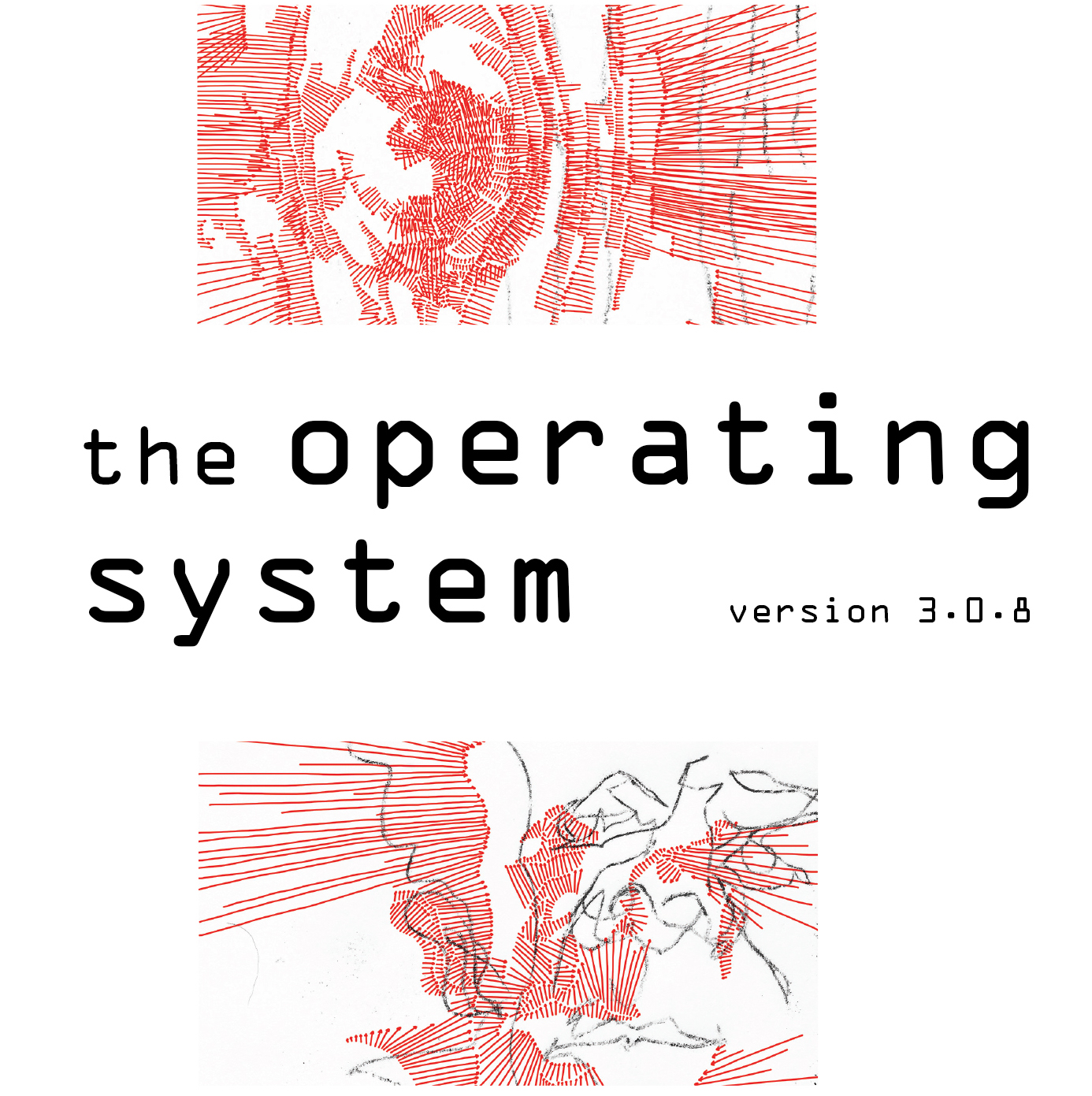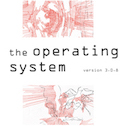CoCo Process Course:: Eric Meyer's FUCK THE MUSE Creativity Mini-Series : Lesson 1
This is a terrific opportunity for creative people of any genre — as well as those who struggle with that adjective — to enter into a relationship with making via this unconventional, hybrid, infinitely adaptable process. We invite you to play along, to add comments and dialogue with Eric, and to send whatever work comes out of it to our attention at editors@exitstrata.com!
Now, without further ado… Eric Meyer invites you to….well, you know.

I was planning to spend this month teaching a class for the Boulder Writers’ Workshop. That garnered some interest, but didn’t pan out in the end. Instead, I’m going to explore the same themes right here in a six-part Fuck the Muse blog mini-series.
The goal is simple:
Take control of your art by focusing on the process of creation.
I’ve been told that you can’t teach creativity, but I disagree. We think of creativity as sudden, sexy, inexplicable moments of inspiration — ignoring the hard work that makes those moments possible. I can’t teach you how to be inspired, but I can teach you how to hunt down inspiration, kill it, and tan the hide.
The Art of Control
Taking control of your art isn’t a matter of brute force. You have to let go, explore, take risks, and throw yourself off-balance. A good process will give you that freedom, while nudging you in the right direction.
- Ease the burden of originality. The pressure to be unique and interesting can paralyze you. Don’t try to be interesting. Set up the conditions, and make sure you capture the results.
- Do the unthinkable. The only way to create something beyond imagining is to explore outside your own imagination. Let the process take you there.
- Make informed decisions. Stepping back from the work allows you to see it more clearly. Once you have all the options in front of you, you can see what works and what doesn’t.
- Put your strengths (and weaknesses) to use. Measure your skills against each step of the process. Learn what you can count on, where you need training or practice, and how to turn your flaws into assets along the way.
Class Overview
I break the creative process down into five major steps. We’ll look at each one in it’s own post:
- Define the Seed: What’s the idea, question, or hypothesis?
- Explore: Reasearch, gather, and create the materials.
- Organize: Outline the structure, or impose one.
- Draft: Compile a complete first draft.
- Revise: Consider, critique, and edit as needed.
There’s more than one way to skin the walrus, and each project will call for unique adjustments, but the same basic tools are needed to create genre fiction, absurdest drama, lyric poetry, or conceptual installation art.
This isn’t paint-by-numbers — it’s a toolkit and a way of thinking. What you do with it is up to you.
Credit Where Due
My approach is influenced most heavily by Anne Bogart’s Viewpoints, Chuck Mee’s (re)making project, The LIDA Project‘s “bucketing”, Lean and Agile web development, standard graphic design processes, scientific method, Steal Like An Artist by Austin Kleon, Everything is a Remix by Kirby Ferguson, Don Fry’s Writing Your Way, queer theory, and many years of working with ensemble theatres and bands.


